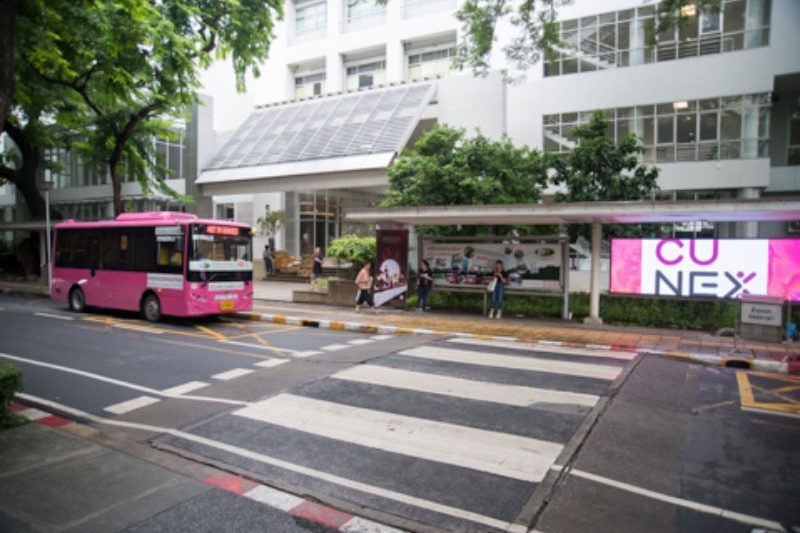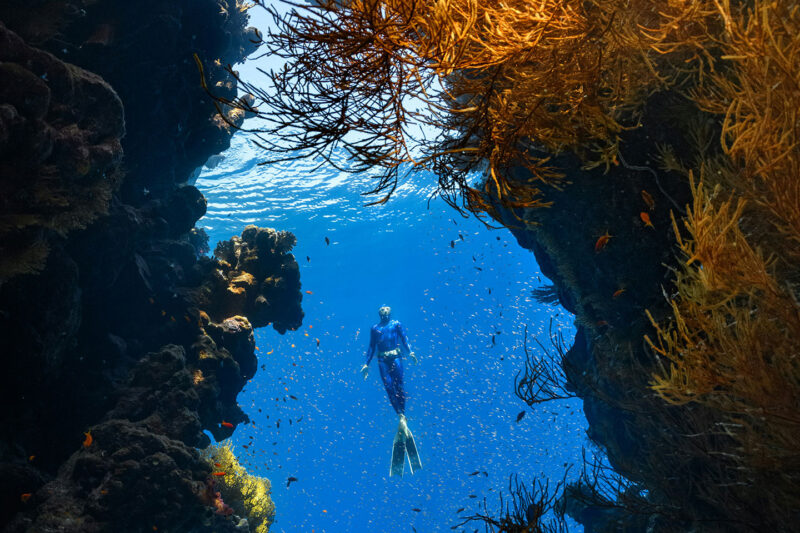Chula ranks high as an environmental sustainability model
A bird’s-eye view reveals Bangkok as nothing but a concrete jungle with clusters of skyscrapers mushrooming in the inner city. But right in the middle, a green oasis sprawls to its very borders as if to challenge the surrounding high-rises — it’s the Chulalongkorn University campus.
Located amid the capital’s busy shopping district, the Chula campus offers a serene breathing space for those who step inside. Fully one-third of the site is dedicated to green lawns, shrubs and big canopied trees.
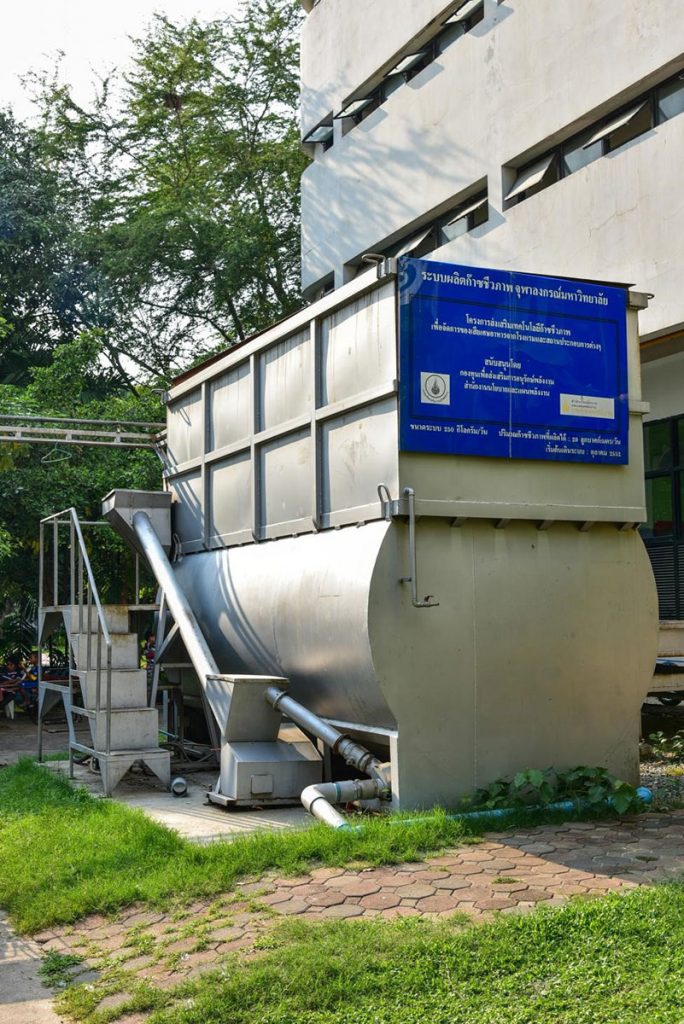
Behind this picture-perfect setting lies a relentless effort to ensure that all stakeholders in the university give priority to a green environment, to consider energy-saving alternatives and transform the campus into a zero-waste community.
Proof of success can be seen not only in the exquisite green and clean appearance, but through recognition in a global green campus ranking. Chulalongkorn University was one of the top three Thai universities in the UI Green Metric World University Ranking. It ranked first in Thailand in four of the six indicators surveyed. Moreover, in the category of City Center Universities, it ranked 14th worldwide, a highly significant achievement given the school’s location in congested central Bangkok.
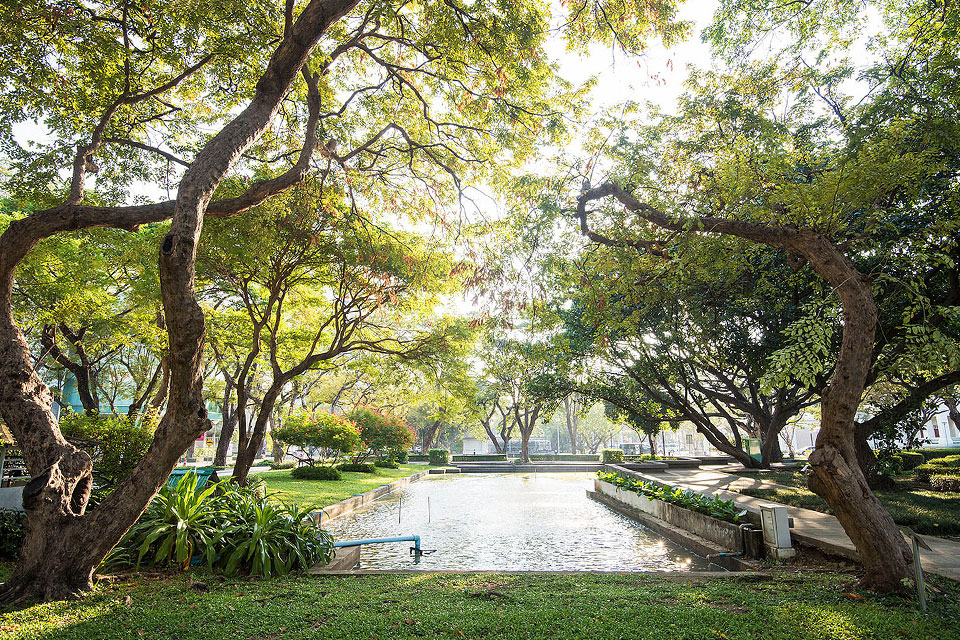
The Green Metric World University Ranking by Universitas Indonesia (UI) aims to inspire universities worldwide to commit to going green and take action to bring about sustainability. It ranked 719 institutions in all, with Wageningen University in the Netherlands placing first.
As its reputation grows, Chulalongkorn University has inspired government units and businesses alike as an exemplary model for a green urban environment. Between January and September this year, university faculty and staff have been invited by various organizations to give lectures or set up booths on green topics at an average of 10 events a month, according to information from the Chula Zero Waste Campaign.
Dubbed the “Campus in the Park”, the vast university premises is home to hundreds of thousands of trees, with over 250 varieties of plant species. The most outstanding one is the big old raintree, which has become the symbol of the university. Every year, several tree planting activities on the campus encourage students and lecturers alike to grow more trees — up to tens of thousands of them.
Yet, despite the plethora of greenery, the park is well maintained. Excess foliage from manicuring, fallen leaves and twigs are all collected and processed into organic fertilizer for use in gardens.
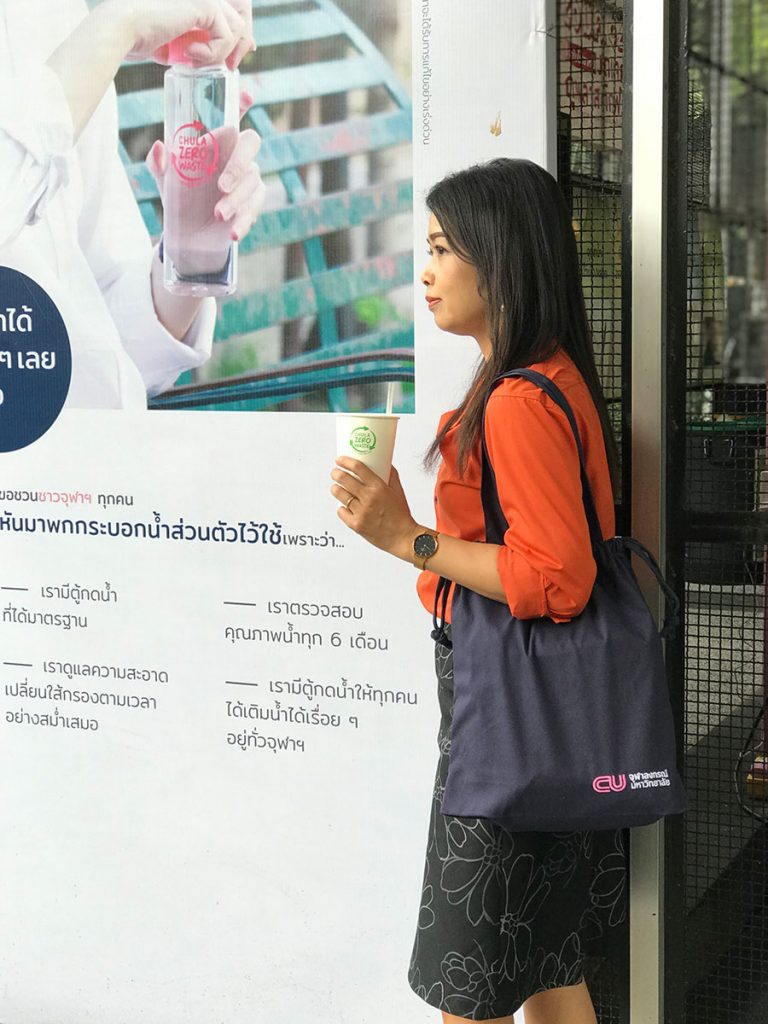
While natural waste is under control, man-made garbage generated on the campus is also well handled. With a population consisting of thousands of students, faculty and staff members using the campus every day, the university remains steadfast in its mission to turn the campus into a zero-waste site.
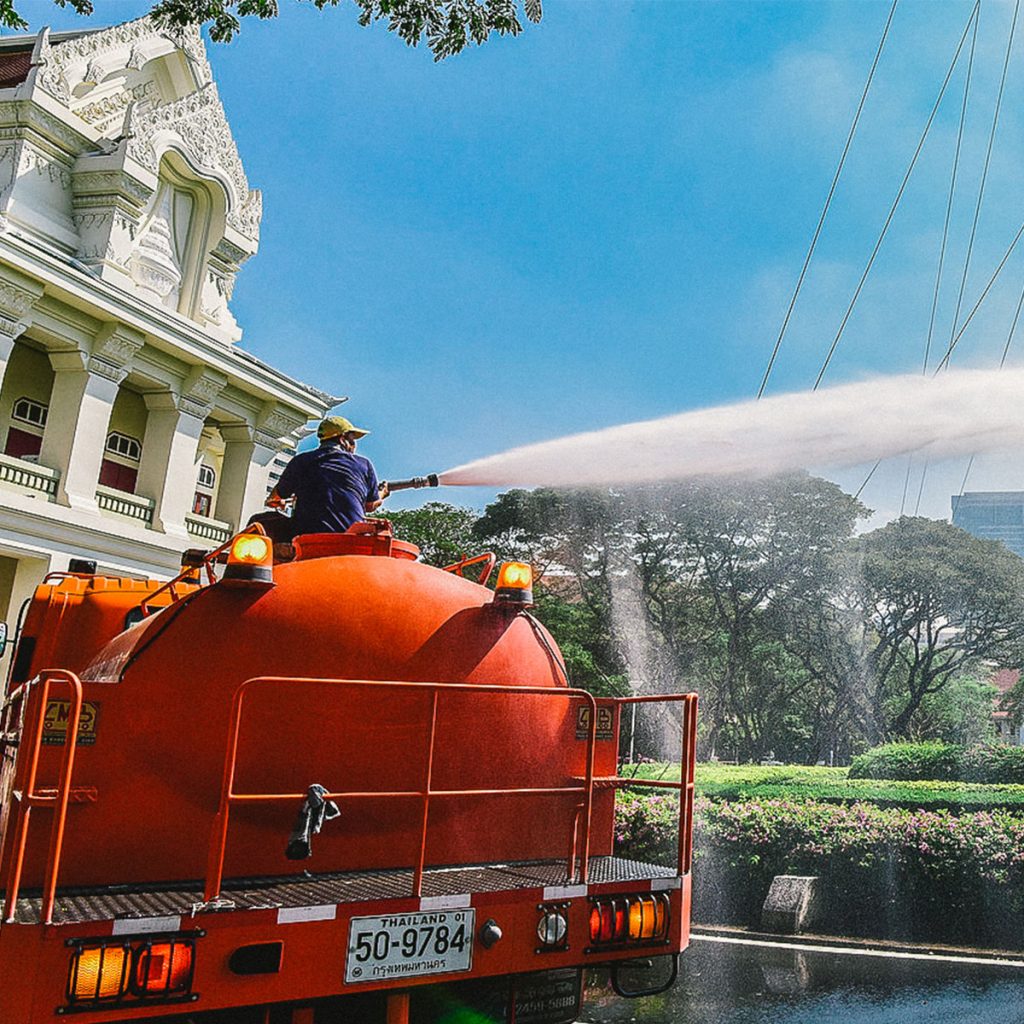
As part of the 3R concept — reduce, reuse and recycle — the whole campus is free of plastic cups and foam food boxes. Fewer and fewer disposable containers are being tossed away, while personal drink tumblers and tote bags are ubiquitous.
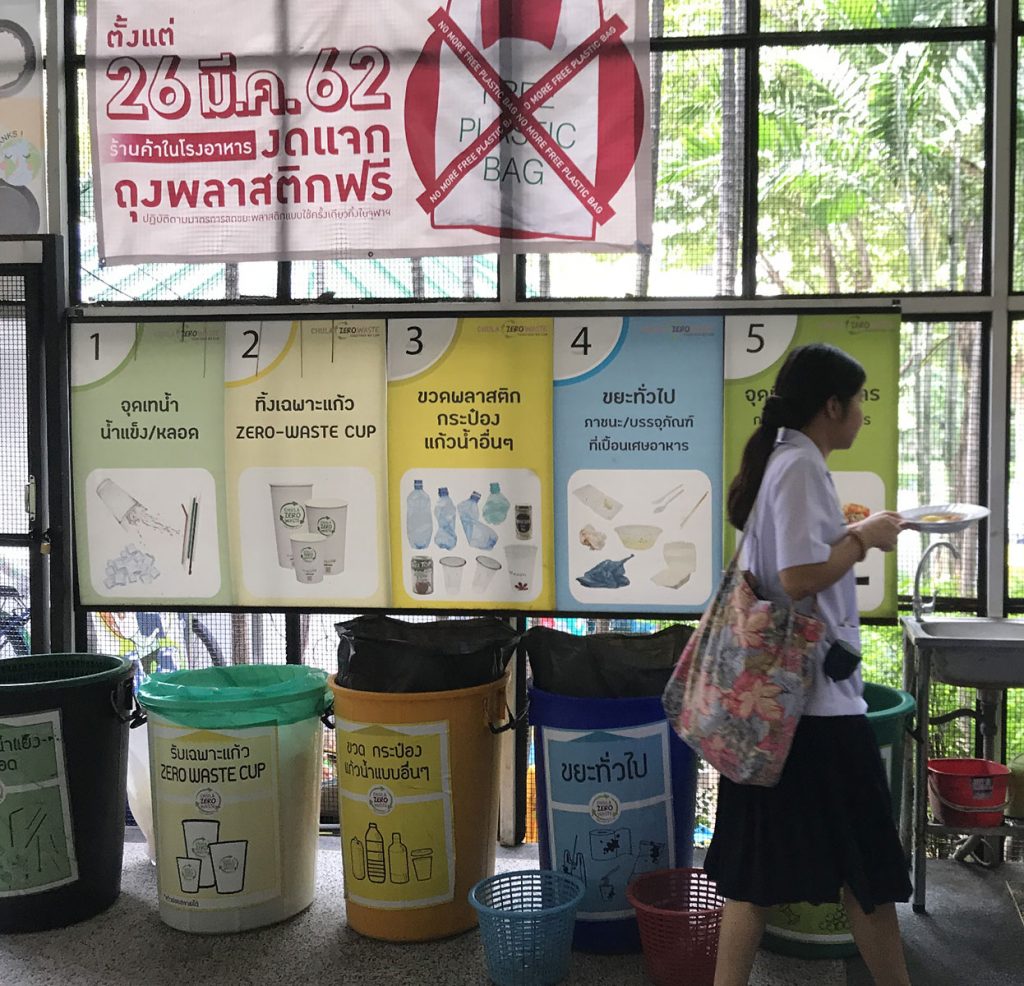
At the same time, at Chula’s various canteens, wet waste is managed in a systematic manner, in line with a belief that nothing should be left to toss away. Every day, farmers from outside collect leftovers and kitchen waste that can be used for fish and pork farming. The rest is either treated as biogas and or processed in a newly acquired bio-digester to create EM (effective microorganisms) water. This processed liquid is then used as a source of nutrients for gardening.
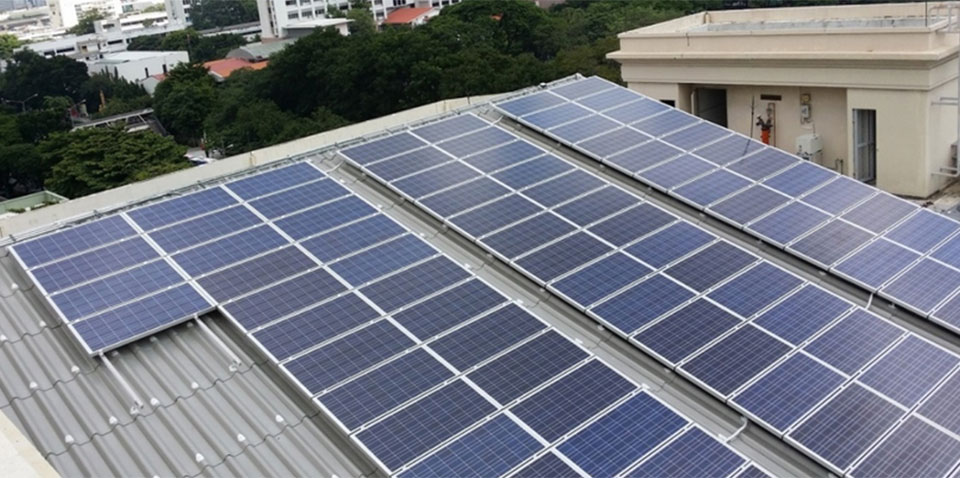
To save energy, the university has installed solar roofs on several buildings including those at Satit Chula Demonstration School, resulting in substantial reductions in electricity bills. The university has also pushed for a reduction in the number of private cars on its grounds.
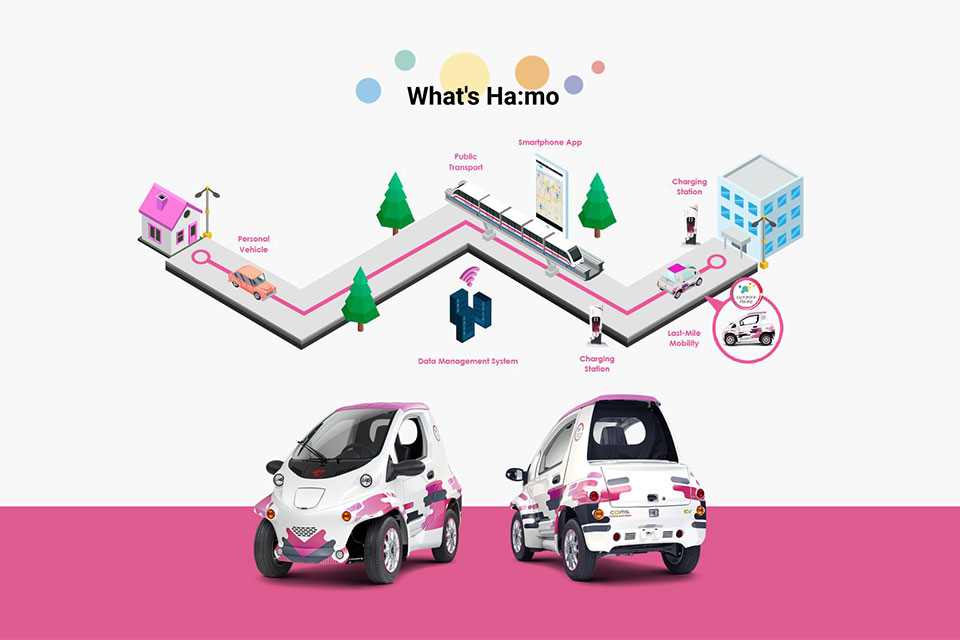
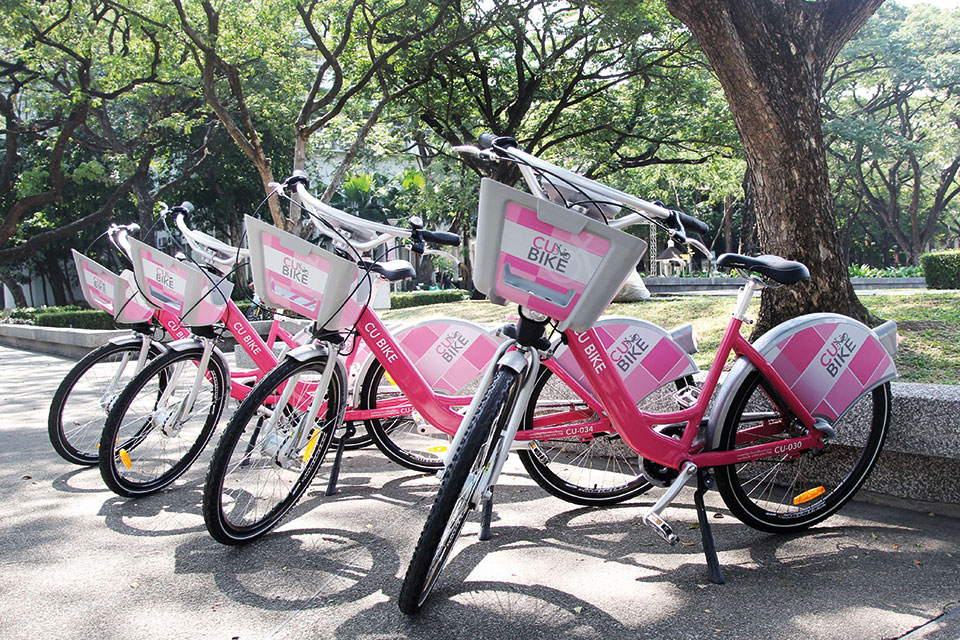
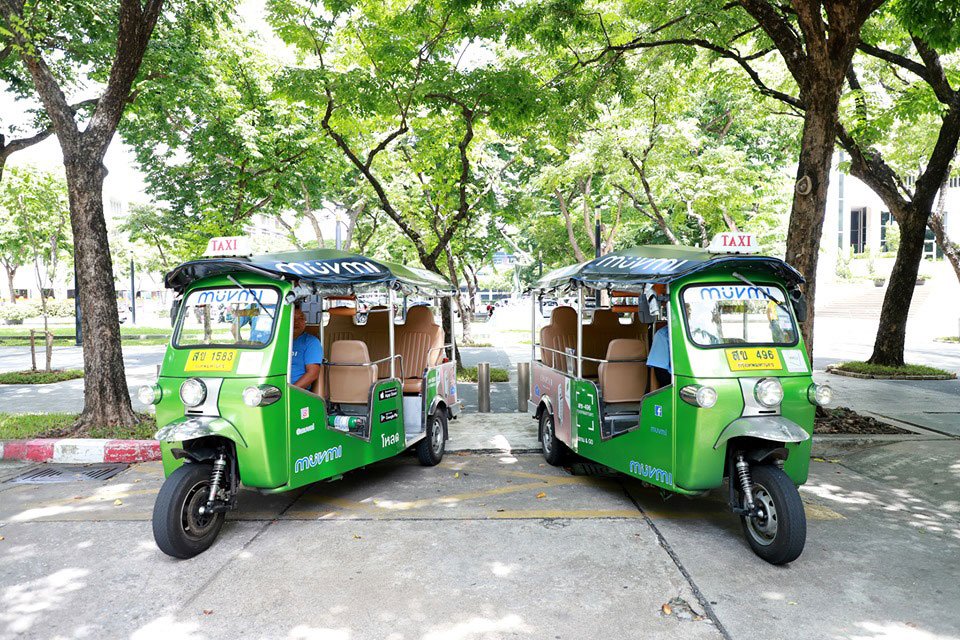
Any vehicle shuttling in and out of the university should emit no pollution. This has given rise to transport alternatives under the “smart vehicle” concept. The free Chula shuttle bus offers services from the BTS station into the university and around a loop within the campus. The MuvMi tuk tuk is also free for getting around on campus. Those who prefer riding by themselves can choose Chula bike sharing or a Ha:mo mini car. Powered by electric batteries, all of these vehicles are perfectly suited to a green campus.
Clearly, Chulalongkorn University has demonstrated how environmental sustainability can be implemented in real life. This large and growing body of knowledge based on real-life experiences is now finding its way into more and more classrooms. At present, there are over 1,200 classes relating to environmental sustainability, which constitute about 10% of all classes in the university.
This article was originally published in CU Around November 2019, Vol.62, Issue 11, Page 5, available at https://www.chula.ac.th/magazine/24765/
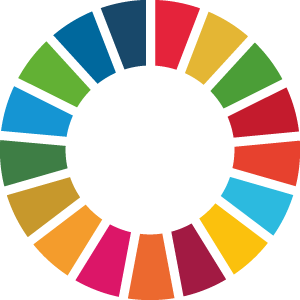
Related SDGs
Previous:
Others
Commencement Ceremony and Gender Identity
Transgender Dentistry Graduate Overjoyed – “Mister’” Wasn’t Pronounced at Commencement Ceremony

